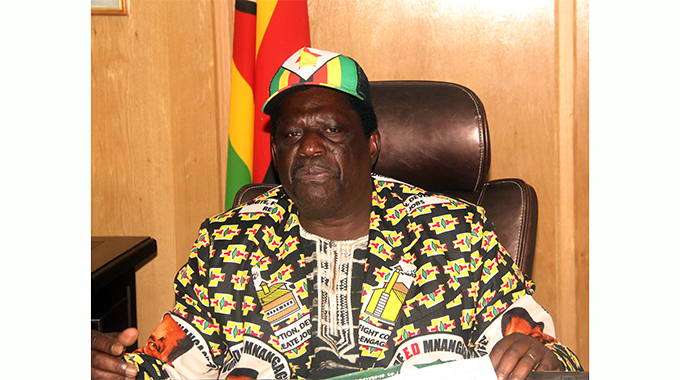Tea, coffee maintain four-year stranglehold on export earnings

Edgar Vhera-Agriculture Specialist Writer
AMID the country’s push to achieve a US$1 billion horticulture industry by 2030, the tea and coffee sub-sectors have maintained a four-year streak of grossing the most export earnings.
Products under the horticulture industry include vegetables, flowers, nuts, deciduous fruits, avocados, citrus, berries, tea and coffee, spices and herbs and other fruit genres.
The country exports its tea and coffee as black tea partly or wholly fermented flavoured or not, coffee husks and skins, coffee substitutes containing coffee, roasted coffee not decaffeinated and coffee not roasted and decaffeinated.
Statistics from the Zimbabwe National Statistics Agency (ZimStats) show that export earnings from the tea and coffee sector have been accounting for between 23 and 26 percent of exports annually since 2020, which amounts to a quarter of the entire sector’s earnings.
In 2020, tea and coffee generated US$17 448 911 in exports while nuts came in with US$13 720 240. Tea and coffee led in the years 2021 to 2023 with the citrus section displacing the nuts from its second spot.
Meanwhile, the Horticultural Development Council (HDC) chief executive officer Mrs Linda Nielsen has said that the tea and coffee sector requires US$67 million to achieve its targeted hectarage of 6 500.
She said this at the second edition of the horticulture investment forum that was held in Harare recently. It was running under the theme “Opportunities in the field, in policy and all the way to the bank’.
“The coffee industry is targeting 1 000 hectares with an expected output of 1 800 tonnes by 2030 if funding to the tune of US$22 million is secured. The tea sector is targeting production of 18 000 tonnes on 5 500 hectares if patient capital amounting to US$45 million is secured,” she said.
Some of the enablers towards achieving this target are enhanced access to finance and investment readiness, land security, logistics, research and development, policy and regulatory environment and farmer capacity and skills development, she added.
The HDC September 2023 seasonal update on tea said output closed the season lower at 14 500 tonnes and was anticipated to drop further due to the anticipated El Nino conditions.
“The fall in output was due to a reduction in planted area, as farmers switched to alternative crops. The tea export market is under pressure in the region, with prices dropping in Malawi,” said the report.
On coffee production, the outlook for 2023 was 500 tonnes, with deliveries lower than the 2021/2022 season, as some farmers reportedly side-marketed the crop. Lack of inputs and late payments have compromised classes and grades, said the report.
On policy recommendations, the report said the effect of the 75 percent foreign currency retention was coming as a tax to growers who ended up realising a 12 percent loss on their price due to inflation.
The report lamented the lack of long-term finance due to concerns over tenure security with the available limited funding being too short (36 months) and too expensive.
The HDC proposed the implementation of the ‘Hub and Spoke’ model to guarantee supply and provide support training and extension, particularly to the Vumba Cooperative/Misty Mountain Coffee.
Coffee Growers Association of Zimbabwe president Mr Michael Jenrich said coffee was a long-term crop, which required capital outlays in the first four years before harvesting.
“Coffee is a complex and labour intensive high-value and high-margin crop, which is mostly produced by smallholder farmers. It suits well with the HDC’s ‘Hub and Spoke’ model where smallholder farmers can be aggregated and/or paired with larger producers (hub or nucleus farms) for tradeable quantities and quality,” he said.








Comments